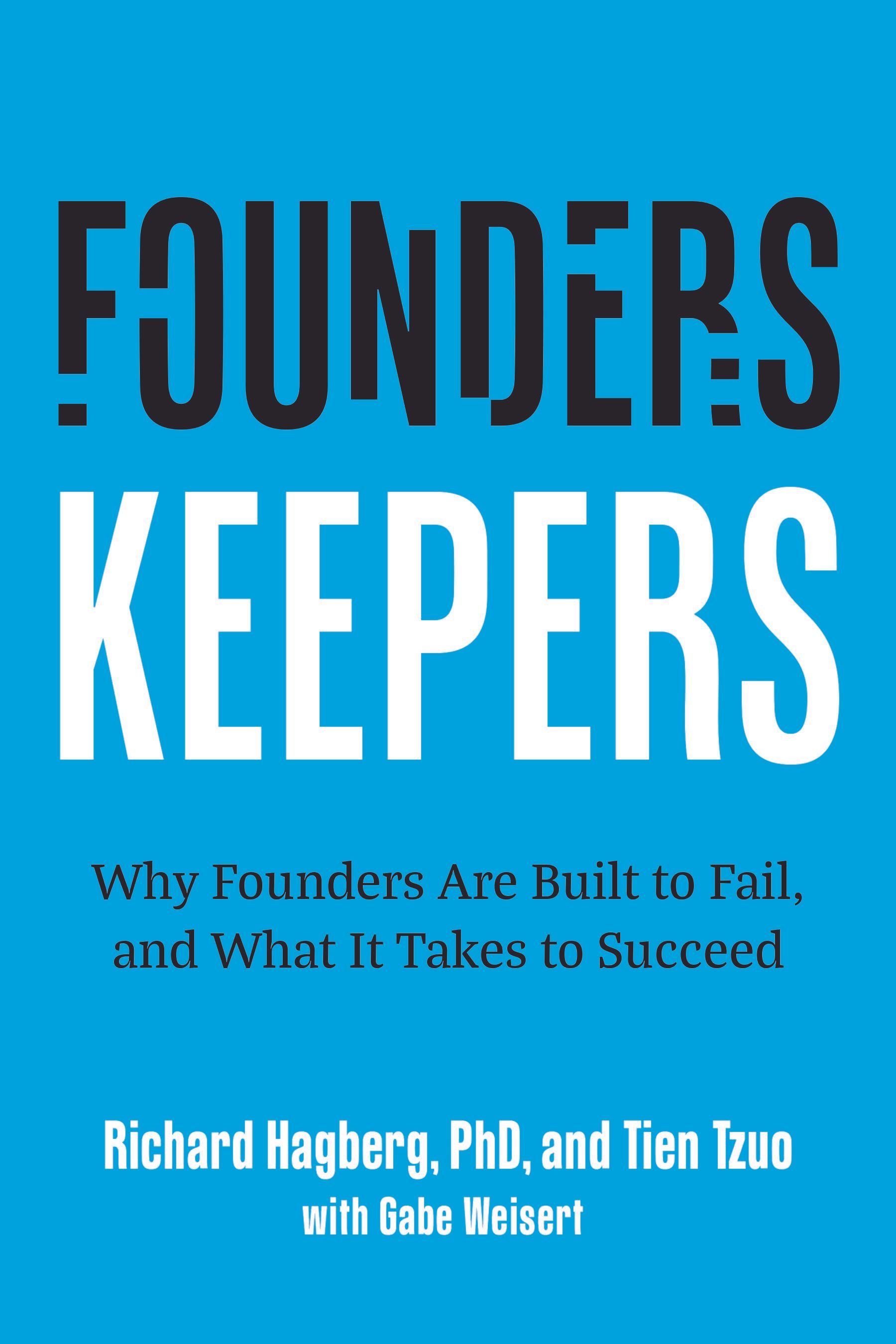Article
The Conflict That’s Killing Your Startup

It’s Monday morning, and the leadership meeting is already off the rails. Sales is frustrated with Product for delivering a “half-baked” feature. Product fires back, blaming Engineering for missing deadlines. Engineering shifts the blame to Support, claiming that they’re drowning in unresolved customer complaints. Voices are raised, tempers flare, and the founder—the supposed leader in the room—watches silently, hoping it will all blow over.
Sound familiar?
Conflict like this isn’t just a bad day at the office. It’s a cultural cancer that erodes trust, drains energy, and can tear a company apart if left unchecked. And yet, too many founders avoid addressing it. Whether it’s fear of confrontation, lack of time, or simply not knowing where to start, the result is the same: festering tensions that hurt the team and, ultimately, the business.
Here’s the truth: conflict is inevitable in startups. But how you handle it determines whether it becomes your Achilles’ heel or your secret weapon.
The Founder’s Paradox: Bold Vision, Fear of Confrontation
Founders are often fearless in the face of business challenges but retreat when faced with interpersonal disputes. This paradox is pervasive: the same people who challenge markets, disrupt industries, and battle competitors will freeze when asked to mediate a disagreement between two key team members.
One founder I worked with was described by his team as “reluctant to wade into any disagreement unless it became a full-blown crisis.” His aversion to conflict was so pronounced that, when tensions arose between his engineering and marketing teams, he simply delegated the problem to his COO. Weeks later, the COO resigned, citing exhaustion from being the company’s de facto conflict manager.
Another one of my coaching clients struggled with a toxic relationship between two senior team members. She let it fester for months, hoping they’d resolve it on their own. Instead, the situation spiraled, culminating in one of the employees quitting and taking half the team with them. The fallout from her inaction left her shaken. “I thought I was avoiding a tough conversation, but I was really creating a much bigger problem,” she admitted later.
Why do founders avoid conflict? There are three primary reasons:
- Fear of Escalation: Many founders believe that addressing conflict will make things worse.
- Perceived Distraction: They see interpersonal issues as secondary to the “real” work of building a business.
- Emotional Avoidance: Navigating human emotions can feel uncomfortable and overwhelming.
The result? Neglect. And as any leader who has ignored conflict knows, unresolved issues don’t go away—they grow.
The Three Deadly Patterns of Founder Conflict Avoidance
Founders don’t all handle conflict the same way, but three problematic patterns emerge repeatedly:
1. Neglecting the Problem
The most common response to conflict is doing nothing at all. Many founders believe that if they ignore a problem long enough, it will solve itself. One leader let a months-long disagreement between his head of product and his CTO linger without intervention. By the time he stepped in, the two leaders were barely on speaking terms, and product development had ground to a halt.
2. Picking Sides
Some founders attempt to resolve conflicts by quickly picking a winner. While this approach may seem decisive, it often backfires. As one employee put it, “Our CEO tends to take sides in arguments, which leaves one person feeling deflated and the other emboldened. It destroys trust and discourages honest conversations in the future.”
3. Delegating Without Ownership
Other founders assume conflict resolution isn’t their job, offloading it to COOs or HR leaders. While delegation is often necessary, conflict resolution requires the founder’s involvement to set the tone and establish cultural norms. As one executive remarked, “He thinks dealing with conflict is beneath him, so it festers until someone else is forced to clean it up.”
Why Conflict Is an Opportunity in Disguise
Here’s the irony: conflict isn’t inherently bad. In fact, when managed well, it can be one of the most powerful tools for growth and innovation.
Consider the story of a startup where the sales and product teams were locked in a constant tug-of-war. Sales wanted quick fixes to address customer complaints, while Product focused on long-term innovation. The tension was palpable, with both sides blaming each other for the company’s slowing growth.
The founder, initially paralyzed by the situation, was coached to see the conflict as an opportunity rather than a threat. By bringing both teams together and facilitating a discussion about shared goals, the founder discovered that the root issue wasn’t the teams’ competing priorities but a lack of a shared product roadmap. With this clarity, the teams collaborated on a plan that balanced immediate customer needs with strategic objectives. The result? Improved morale, better alignment, and a faster path to growth.
Conflict, when reframed, becomes a lens through which hidden problems can surface. It forces teams to question assumptions, refine strategies, and align on what truly matters.
The Founder’s Framework for Conflict Resolution
Transforming conflict from a liability into an asset requires a deliberate shift in mindset and behavior. Here’s a practical framework for founders:
1. Reframe Conflict as a Catalyst
Conflict isn’t a failure—it’s a signal that something important needs attention. Instead of avoiding disagreements, lean into them as opportunities to surface new ideas and align your team.
Another founder who led a fast-growing tech company, struggled with this. His team had grown reluctant to challenge her decisions, fearing his sharp reactions. He misinterpreted their silence as agreement—until a major product launch failed. The post-mortem revealed that his team had withheld critical feedback to avoid confrontation.
Realizing his mistake, he adopted a new approach. He began framing disagreements as a chance to improve: “If we’re all nodding in a meeting, it means we’re missing something. Let’s challenge each other to find the best solution.” This mindset shift transformed his team’s culture, making debates more constructive and decisions more robust.
2. Address the Root Cause
Most conflicts are symptoms of deeper issues. A disagreement about deadlines may actually be about misaligned priorities. A clash between department heads might stem from unclear roles or resource disparities.
One founder dealt with recurring tension between his product and sales teams. At first, it seemed like a straightforward dispute about feature delivery timelines. But through structured conversations, he uncovered a deeper issue: the lack of a shared roadmap. By addressing this root cause, he not only resolved the immediate conflict but also prevented similar issues from arising in the future.
Ask yourself: What’s really driving this conflict? Digging deeper often reveals systemic problems that, once addressed, can strengthen the entire organization.
3. Create a Safe Space for Disagreement
Psychological safety—the belief that it’s safe to speak up without fear of punishment—is the foundation of effective conflict resolution. Without it, conflicts either escalate into personal attacks or remain hidden until they explode.
Another coaching client learned this the hard way. His team had developed a culture of silent resentment, with employees avoiding tough conversations for fear of reprisal. With coaching, he implemented ground rules for meetings, such as:
- Encouraging dissenting opinions with phrases like, “I’d love to hear why you disagree.”
- Prohibiting interruptions during discussions.
- Validating emotions while keeping the focus on solutions.
These small changes created an environment where disagreements were seen as a natural and necessary part of collaboration.
4. Follow Through
Conflict resolution doesn’t end with a handshake. Lingering emotions and doubts can undermine even the best agreements. Following up ensures that resolutions stick and builds trust over time.
Another client who founded a SaaS company, had a habit of declaring conflicts “resolved” and moving on. His team often felt otherwise, citing unresolved tensions that resurfaced later. By implementing a simple follow-up process checking in with both sides a week after each resolution—He began building a culture of accountability and trust.
The Ripple Effect of Better Conflict Management
When founders embrace conflict resolution, the benefits ripple through the entire organization. Teams become more cohesive, decision-making improves, and the company culture shifts from avoidance to accountability. But the impact goes beyond business metrics, it transforms the founder as well.
As one leader reflected, “I used to see conflict as a distraction. Now I see it as a chance to strengthen our team and refine our vision.”
Your Call to Action
Conflict is inevitable, but how you handle it is a choice. Will you avoid it, letting it fester and grow? Or will you face it head-on, turning it into a source of growth and innovation?
This week, take one step toward better conflict resolution:
- Facilitate an open dialogue in your next team meeting.
- Check in with an employee about a tension you’ve been avoiding.
- Reflect on your own approach to conflict—are you neglecting, picking sides, or delegating without ownership?
The choice to embrace conflict isn’t easy, but it’s the mark of a true leader. And in the high-stakes world of startups, it’s a skill you can’t afford to ignore.
share this
Related Articles
Related Articles





